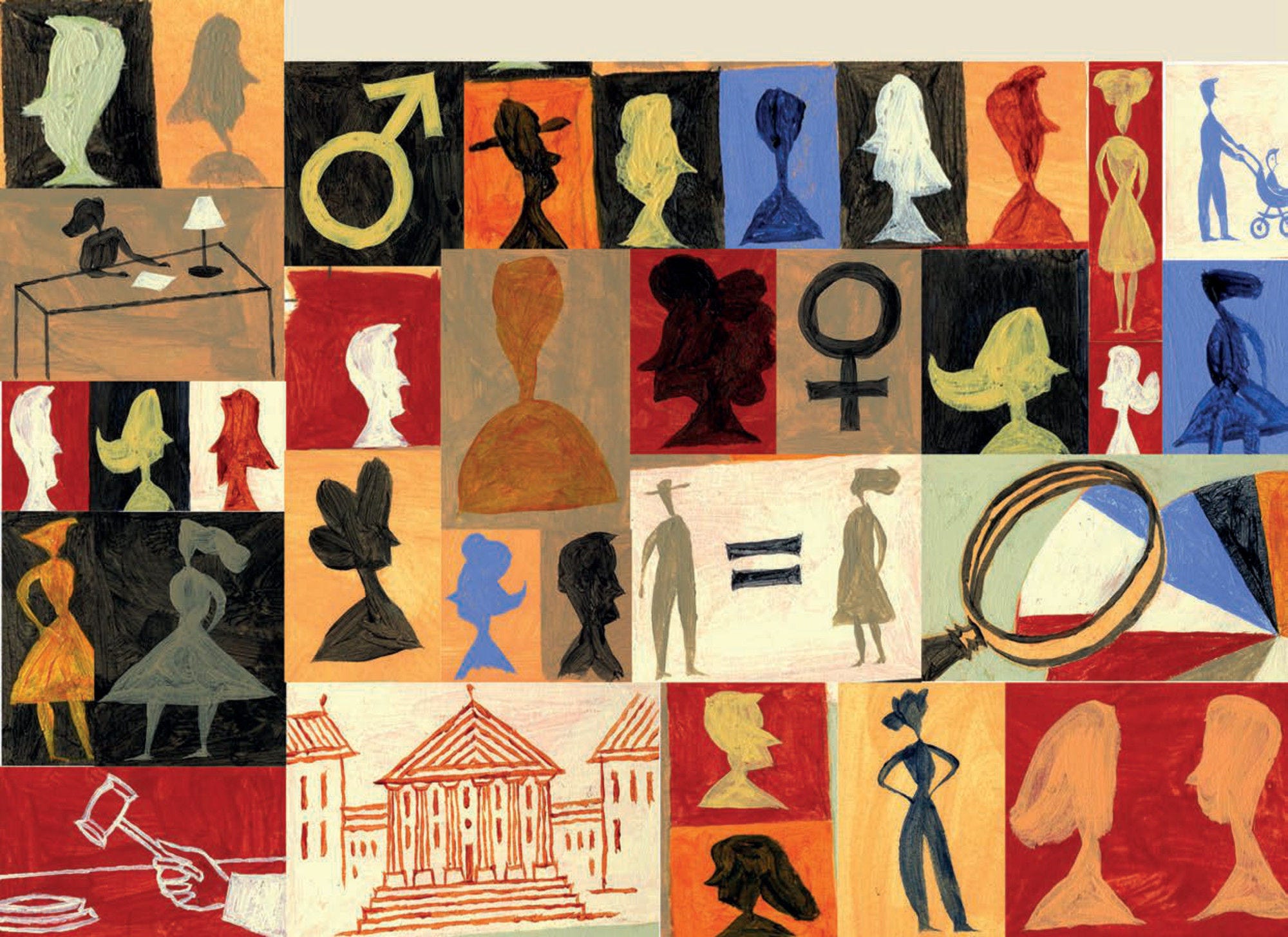Each chapter of the Toolkit contains a self-assessment tool allowing policy makers to analyse their specific country and work contexts to identify gaps, weaknesses, and strengths. The self-assessment tool includes:
Priority checklists of the elements needed for the effective implementation of each main provision of the Recommendation. Each priority checklist is accompanied by an explanation of why these elements are important.
Self-assessment questions to help countries identify their potential gaps as well as strengths in implementing their gender equality priorities.
A palette of policy actions for effectively implementing the Recommendation and avoiding pitfalls. These policy actions are designed to be flexible and evolve in line with the latest trends and evidence of what works. Overtime, the palette of policy options will be tailored to different settings in OECD countries and beyond. Good practices identified in countries will provide essential input into the development of these policy actions.
Country examples from national and sub-national levels of government that are linked the pillars and key provisions of the GEPL Recommendation. These examples shed light on the different approaches available to countries seeking to achieve gender equality.
